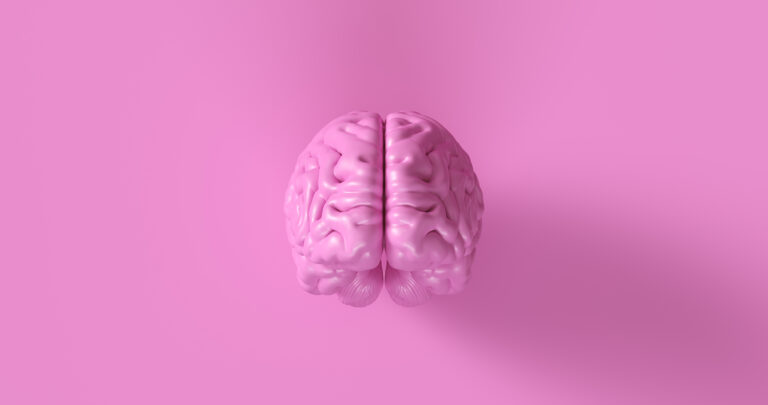As we age, our bodies go through various changes, including changes in our brain function. One condition that affects individuals in their 40s is white matter disease. This condition can have a significant impact on a person’s cognitive abilities and overall wellbeing. In this article, we will delve into the topic of white matter disease, explaining what it is, its causes, symptoms, diagnosis, and treatment options.
What is White Matter Disease?
White matter disease, also known as leukoaraiosis or leukoencephalopathy, is a condition that affects the white matter of the brain. White matter is the tissue that connects different areas of the brain and allows communication between them. It consists of nerve fibers covered in a fatty substance called myelin, which acts as an insulator for the nerves. The white matter is responsible for transmitting signals from one part of the brain to another, allowing us to think, move, and feel.
When there is damage to the white matter, the signals are disrupted, leading to problems with cognition, coordination, and other bodily functions. White matter disease is more common in older individuals but can occur at any age.
Causes of White Matter Disease:
The exact cause of white matter disease is still unknown. However, research suggests that it is mainly caused by a combination of genetic and environmental factors. Some studies have shown a link between white matter disease and hypertension, diabetes, and high cholesterol levels. Other risk factors include smoking, excessive alcohol consumption, and lack of physical activity.
Another cause of white matter disease is small vessel disease, where the small blood vessels in the brain become damaged or narrowed, affecting blood flow and oxygen supply to the brain. This can lead to the death of white matter cells and eventually cause lesions in the brain.
Symptoms of White Matter Disease:
The symptoms of white matter disease vary from person to person and depend on the location and extent of the damage. Some individuals may experience mild symptoms, while others may have more severe symptoms. The common symptoms of white matter disease include:
– Problems with thinking and memory
– Difficulty concentrating and making decisions
– Changes in mood, including depression and anxiety
– Balance and gait problems
– Muscle weakness and stiffness
– Urinary incontinence
– Headaches
– Vision problems
– Fatigue
– Seizures (in rare cases)
Diagnosis of White Matter Disease:
White matter disease can be diagnosed through imaging tests such as MRI and CT scans. These tests can show the presence of lesions or damaged white matter in the brain. A neurological exam may also be conducted to assess cognitive function, balance, and coordination. It is essential to consult a doctor if you experience any of the symptoms mentioned above, as early diagnosis can help in better management of the condition.
Treatment Options for White Matter Disease:
Unfortunately, there is no cure for white matter disease. Treatment mainly focuses on managing the symptoms and preventing further damage to the white matter. Depending on the severity of the condition and the individual’s needs, the treatment options may include:
– Lifestyle changes such as quitting smoking, reducing alcohol intake, and maintaining a healthy diet to manage underlying health conditions like hypertension and diabetes.
– Physical therapy to improve balance and mobility.
– Cognitive therapy to help manage memory and thinking problems.
– Medications to control mood disorders, pain, and seizures.
In some cases, surgery may be necessary to remove any blockages in the blood vessels or to treat hydrocephalus (the buildup of fluid in the brain).
Prevention of White Matter Disease:
Although there is no sure way to prevent white matter disease, adopting a healthy lifestyle can significantly reduce the risk of developing it. This includes maintaining a healthy diet, engaging in regular physical activity, and avoiding habits like smoking and excessive alcohol consumption. Regular check-ups and managing underlying health conditions can also help prevent or delay the onset of white matter disease.
In conclusion, white matter disease is a condition that affects the white matter of the brain, leading to disruptions in communication between different areas of the brain. It is more common in individuals in their 40s and can have a significant impact on their cognitive abilities and overall health. While there is no cure, early diagnosis and proper management can help improve the symptoms and overall quality of life. By making healthy lifestyle choices, we can reduce our risk of developing this condition and promote better brain health as we age.





